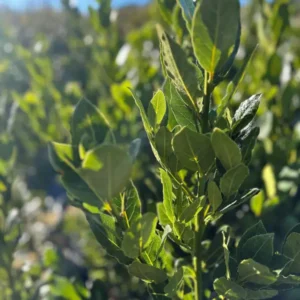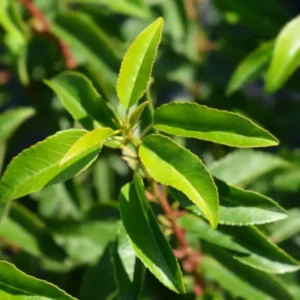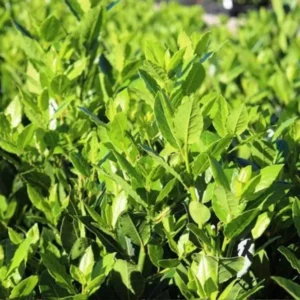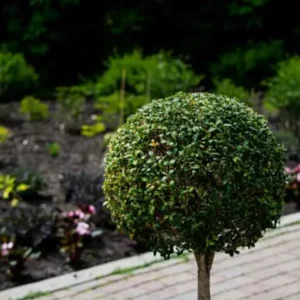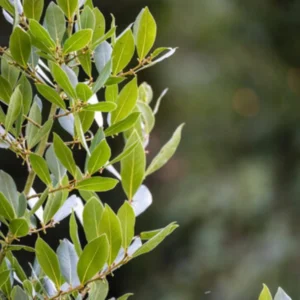Bay tree standards are a timeless and elegant choice, perfect for planter pots or lining garden paths. Their versatility suits contemporary, Mediterranean, and classic garden designs. With easy clipping, they can be shaped into beautiful topiary balls for a refined look.
Product Specifications
- Common Name: Bay Tree Standard
- Botanical Name: Laurus Nobilis Standard
- Foliage: Dark Green
- Form/Habit: Upright topiary, compact
- Uses: Planter pots, garden hedge, avenue planting
- Evergreen/Deciduous: Evergreen
- Soil: Most well draining soil
- Drought Hardy: Moderate
- Growth Rate: Medium
- Sun: Full sun – semi shade
- Flowers: Yellow flowers in Spring
- Water Requirement: Low – medium
- Maintenance: Low – medium, benefits from light pruning
- Edible: Yes, leaves are used for cooking
- Planter Suitability: Yes
- Native: No
Commonly Asked Questions
How do I prune my Bay Tree Standard?
To prune a bay tree standard, trim lightly in spring or summer to maintain its shape, using sharp shears for a neat finish. Regularly remove any stray or damaged branches to encourage dense, healthy growth. After a prune, apply fertaliser and water well.
What plants work well when underplanting Bay Tree Standards?
Underplant bay tree standards with low-growing herbs like thyme and rosemary for a fragrant, Mediterranean look. Alternatively, seasonal flowers such as lavender add color and contrast beneath their elegant foliage.
Are Bay trees edible?
Bay trees are valued for their culinary use—specifically, their aromatic leaves are commonly used in cooking. They can also be cultivated as ornamental plants due to their evergreen nature, glossy leaves, and the ability to be pruned into various shapes, such as topiaries or hedges.








